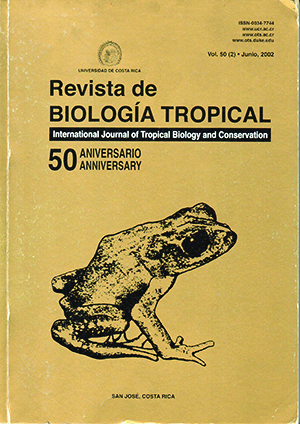Resumen
Se presentan los resultados de un experimento con dos especies de angiospermas epífitas (Tillandsia caputmedusae y T. bulbosa) para monitorear hidrocarbonos aromáticos policíclicos (PAHs) en el aire de Florencia, Italia. Los PAHs son compuestos que se sabe son peligrosos por su potencial carcinogénico, y, entre las cormófitas, las tilandsias (monocotiledóneas equipadas con tricomas epidérmicos, especializados y peculiares) son consideradas promisorias para el biomonitoreo de la contaminación del aire. Se obtuvieron datos de PAHs usando el análisis de GC/MS de extractos de plantas. Los datos analíticos indicaron una tendencia creciente de la bioacumulación de PAH’s en el tiempo. Este resultado se comparó con los parámetros registrados instrumentalmente como los meteorológicos (lluvia) y los ambientales (PM10), indicando que la captura física de partículas aéreas por medio de tricomas era prominente en la bioacumulación de PAHs en las tilandsias. Las observaciones de SEM (microscopio electrónico de barrido) confirmaron el papel de los tricomas. Este trabajo indica que las tilandsias son organismos de biomonitoreo, de bajo costo y particularmente útiles dentro de su área de distribución (todos los países Latinoamericanos y el sureste de EUA) donde estas plantas son disponibles fácilmente, pero también donde el clima les permite sobrevivir##plugins.facebook.comentarios##

Esta obra está bajo una licencia internacional Creative Commons Atribución 4.0.
Derechos de autor 2002 Revista de Biología Tropical
Descargas
Los datos de descargas todavía no están disponibles.


